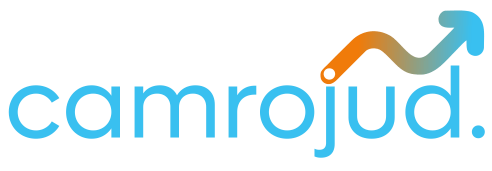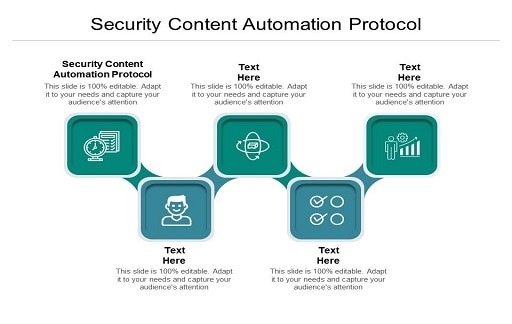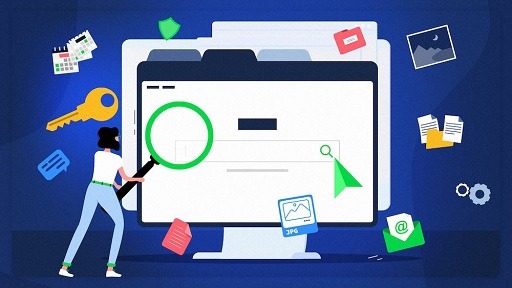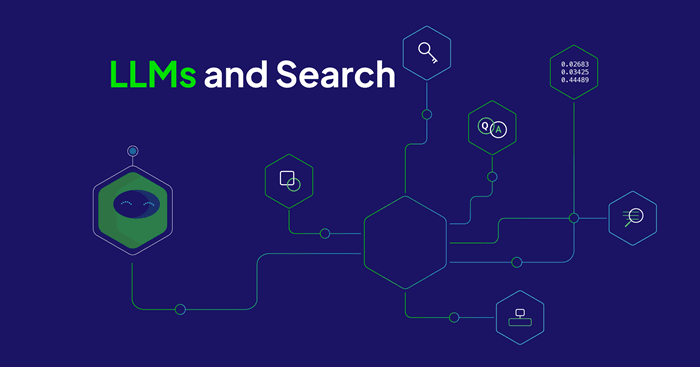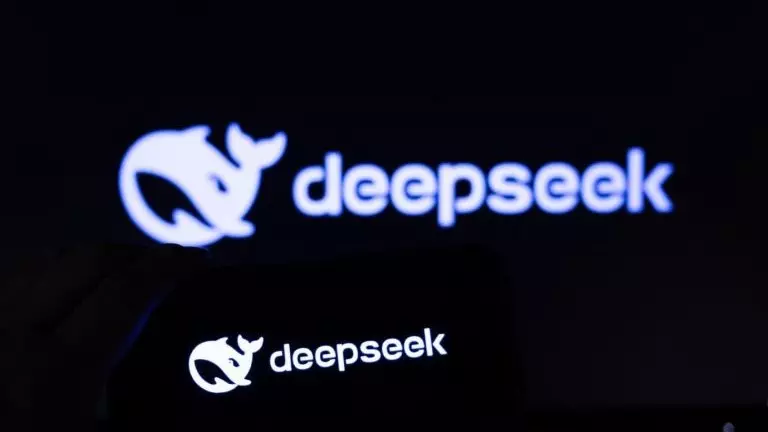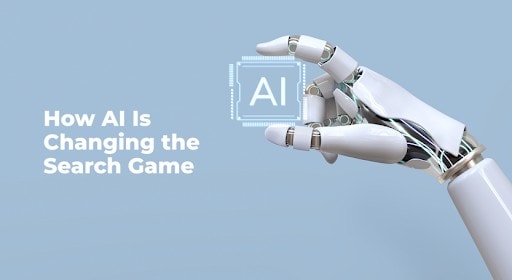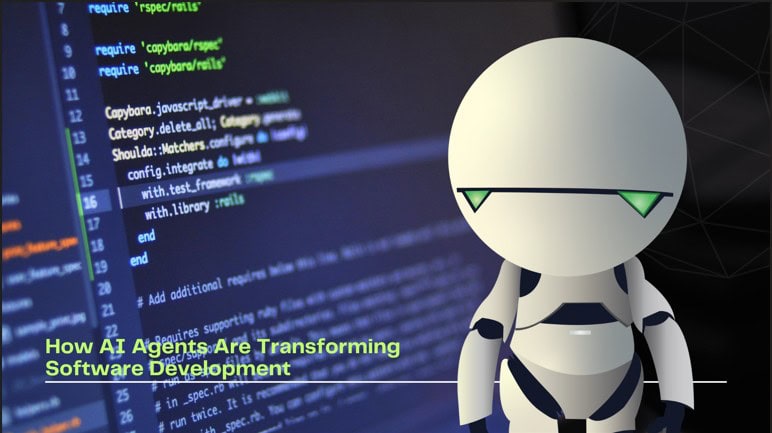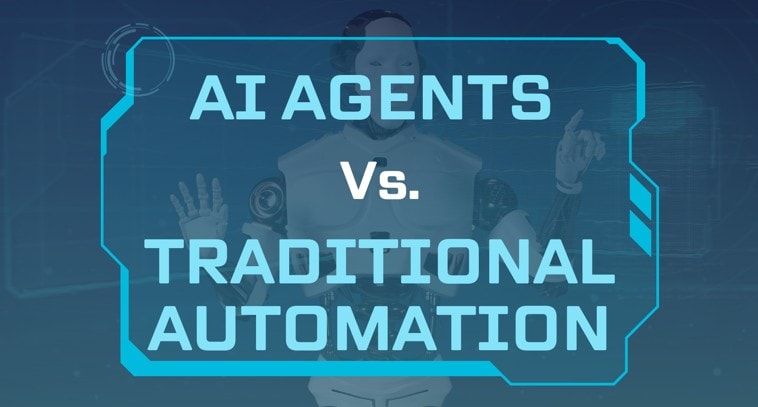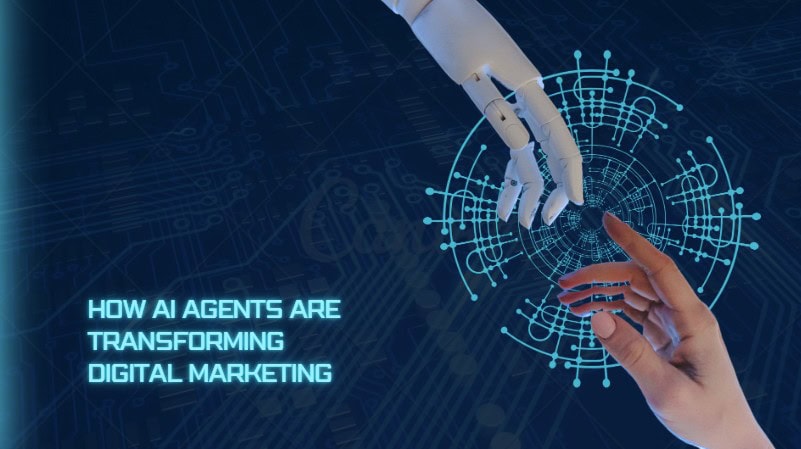Artificial intelligence has grown from basic systems with fixed rules into advanced models that understand language and perform complex tasks. Many of these systems still work alone, which limits how much they can achieve.
AI agent orchestration solves this by bringing multiple intelligent agents together, each with a defined role, so they can support one another and complete tasks more efficiently.
A language model can write a strong email, but the work rarely ends there. With orchestration, one agent gathers the information needed for the message. Another checks the response from the recipient, while another agent updates internal tools so nothing gets missed. With this, you get a complete process that runs with less effort and fewer mistakes.
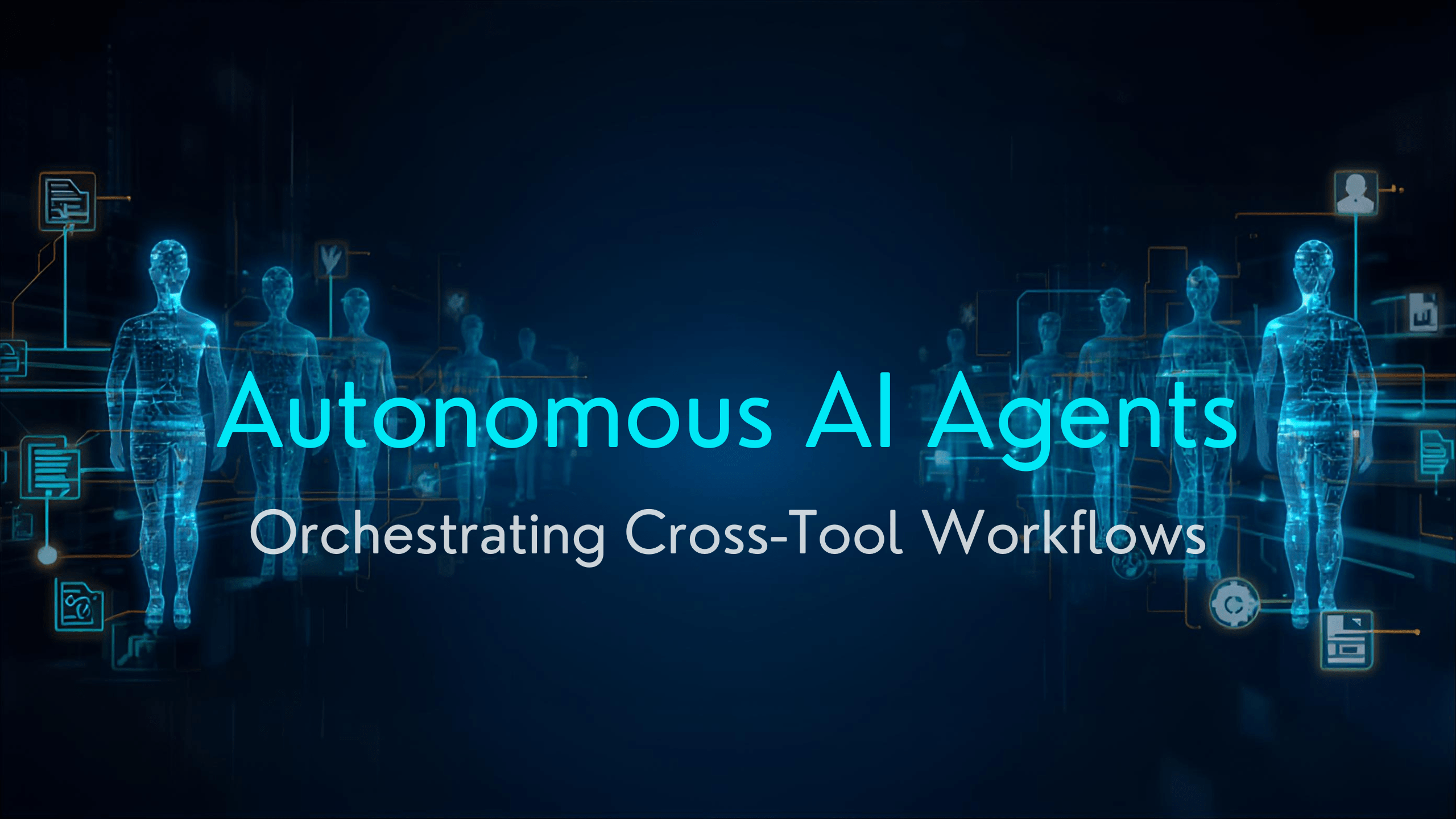
AI agent orchestration means coordinating several specialized agents to meet a larger objective. Instead of asking one system to do everything, you assign separate tasks to the best agent for each job. An orchestration layer handles communication, makes sure information is accurate, and ensures each agent acts at the correct time.
Take a customer support request as an example. A chatbot identifies what the customer needs. A knowledge agent collects the right details from internal systems. A reasoning agent reviews the information and selects a solution. An execution agent places an order or hands the issue to a human if needed. The orchestration layer keeps everything aligned so the customer gets quick and consistent support.
This approach improves productivity, reduces manual work, and creates a smoother experience for people and businesses that rely on automation.
What is AI Agent Orchestration?
AI agent orchestration focuses on coordinating several intelligent agents so they can work together toward a bigger goal. Rather than depending on one large system to do everything, this approach uses a group of agents that each handle a specific task. An orchestration layer oversees how they interact, share information, and stay aligned with the final objective.
You also read: Will Generative AI Replace SEO Specialists?
A good example appears in customer service. Normally, a chatbot handles basic questions. A human takes over for technical issues. A separate system might process purchases. These steps often happen in different tools and require manual effort to connect them.
With AI agent orchestration, the workflow becomes more organized. A conversational agent first understands what the customer wants. A knowledge agent gathers the right information from internal sources. Another agent evaluates the situation and chooses the best solution. Finally, an execution agent takes action, such as placing an order or forwarding the case to a human if needed.
Throughout the process, the orchestration layer keeps everything running in the correct order. It ensures that information moves smoothly between the agents and that work continues without unnecessary delays or interruptions.
This improves efficiency and reduces the need for constant human involvement, leading to quicker and more reliable results for both the business and the customer.
How AI Systems Grew from Single Agents to Fully Coordinated Systems
Single Agent System: The development of AI systems has gone through several stages, and each step helps explain why AI agent orchestration has become so important. Early systems focused on a single agent that handled only one narrow task, such as answering simple questions or identifying objects in images. These systems worked well within their limited scope, but they struggled with long workflows or situations that changed quickly.
Multi-agent systems: Multi-agent systems expanded on this idea by using several agents in the same environment. They could interact and share some information, but they often lacked a clear structure for how to work together. Without proper coordination, agents might repeat tasks, miss important steps, or create delays.
AI Agent Orchestration: This builds on both of these stages. It introduces a structured framework that manages how agents collaborate and share responsibilities. The goal is to ensure that every agent understands its role and contributes to a shared objective. This coordination transforms separate intelligent tools into a unified system that behaves like a well-organized team.
The major difference lies in clear communication, defined responsibilities, and planned task execution. When these elements are in place, agents support each other effectively and deliver results that a single system could not achieve alone.
How intelligent agents work together can be broken down into a few key functions.
-
Task Breakdown and Specialization: Large tasks are split into smaller, focused activities. Each task goes to the agent best suited to perform it, which helps the system work faster and with better accuracy. In financial analysis, for example, one agent gathers data from market sources. Another reads and interprets written information. The third one examines trends and patterns in the numbers. The final agent prepares a report that combines all findings. Since these tasks run together, the overall work is completed more efficiently.
-
Communication and Data Sharing: Agents must understand one another, so they follow shared formats when exchanging information. They use communication rules and interfaces that allow them to request data or trigger actions in other agents or systems. Some solutions include a shared memory space where agents store recent and long-term information. This helps maintain context and keeps responses consistent across every part of the system.
-
Coordination and Control: An orchestration layer manages timing, data flow, and overall progress. It defines the sequence of actions and assigns resources such as processing power and storage. It also monitors performance and handles errors by redirecting tasks or alerting a human when needed. Coordination models vary. In a centralized design, one controller directs everything. In a decentralized system, agents take more actions on their own. A hierarchical structure combines both and assigns leaders to oversee smaller groups of specialized agents.
-
Continuous Improvement: More advanced systems allow agents to learn from their results. Feedback helps them make better choices in future tasks. Some agents use reinforcement learning to test actions and learn which ones lead to better outcomes. As they adapt together, the overall system may reveal new behaviors that improve performance without anyone manually programming those changes.
AI agent orchestration turns individual intelligent systems into a coordinated whole. It enables workflows that are faster, smarter, and more reliable. This shift represents a major step forward in creating AI that supports real-world operations with minimal human effort and greater long-term value.
You can also read: What Is Marketing Automation: Explained
AI Agent Orchestration Frameworks and Platforms
AI agent orchestration has led to advanced platforms that make it easier to design and manage coordinated AI systems. These platforms handle many technical challenges behind the scenes so developers and teams can focus on how agents should work and how tasks should flow.
Most orchestration platforms provide:
- Tools to create and configure agents, including role assignment
- Workflow builders that map out the order of tasks, branching paths, and parallel actions
- Communication layers that move data between agents without manual help
- Integration options with external databases, apps, and services
- Performance dashboards to monitor progress and detect issues early
- Scalable deployment so agents can handle higher or lower demand when needed
- Security and governance features for data protection and compliance
Several important concepts influence how these platforms are built:
- LangChain and LangGraph support workflows built on language model agents, with LangGraph offering a visual graph approach
- The actor model treats each agent as an independent unit that communicates through messages, which supports distributed and resilient execution
- Cloud services simplify deployment and scaling for agent-based systems
- Low-code and no-code solutions allow non-technical users to design orchestration workflows
Benefits of AI Agents Orchestrations
Organizations that adopt AI agent orchestration see benefits across operations:
- Automated processes reduce manual handoffs and lower the chance of errors
- Systems scale smoothly when workloads change
- Accuracy improves because each agent specializes in its task
- Workflows can be updated quickly when business needs shift
- Better resource usage reduces operational costs
- Customer interactions become more personalized with combined insights
- Faster insights lead to quicker decisions and better response times
- Long-term costs drop as automation improves and teams avoid repetitive work
Companies that leverage orchestration gain an advantage by improving efficiency, delivering better experiences, and moving faster than competitors.
AI agent orchestration is still developing, yet progress is moving quickly, and several trends are shaping what comes next.
- More capable language models will improve how agents reason, plan, and respond to complex instructions. This will support systems that can manage more tasks without human intervention.
- Shared standards for communication will grow, helping agents from different providers and tools work together more smoothly.
- Low-code and no-code platforms will expand access, allowing more organizations to build orchestrated systems without needing large technical teams.
- Trust and safety will become a stronger priority, with clearer explanations for decisions and better protections against errors.
- Highly connected networks of agents will emerge, blending custom and prebuilt components to increase flexibility and resilience.
- Decentralized models will rise, with blockchain or similar technologies enabling new ways to manage ownership, collaboration, and value exchange between AI systems.
- Orchestration will become more adaptive, allowing systems to reorganize tasks automatically when conditions change.
Autonomous AI Agents Orchestrating Cross-Tool Workflows
Autonomous AI agents orchestrating cross-tool workflows means multiple independent AI components work together to complete tasks that span different software systems. Each agent acts with some autonomy.
The orchestration layer coordinates their actions and links them to external tools you already use. The result is end-to-end automation that shares data, makes decisions, and takes actions across systems without constant human intervention.
What an autonomous agent is
- A software component that senses input, reasons, and acts.
- Each agent has a focused role, for example, data extraction, intent classification, decisioning, or execution.
- Agents run with defined limits and policies so they act predictably.
Key pieces of a cross-tool orchestration system
- Each agent with a clear responsibility and interface.
- An orchestration layer that schedules tasks, routes messages, and enforces workflows.
- Connectors or adapters that translate between agent outputs and external tools, such as CRMs, ticketing systems, analytics platforms, or databases.
- A message bus or event stream that carries events and maintains order.
- Shared state or memory to preserve context across agents and time.
- Monitoring, logging, and observability to track flows, latency, and failures.
- Security, access control, and data governance to protect sensitive data and meet compliance.
You can also read: Google on How It Processes Queries and Content Ranking
Step-by-step Workflow of How an AI Agent Runs
- Trigger: A business event starts the flow. This can be an incoming email, a webhook, a new customer record, or a scheduled job.
- Intake Agent: An intake agent normalizes the input and extracts structured data.
- Intent and Routing: A classification agent decides intent and routes the case to the right sub-workflow.
- Data Enrichment: One or more agents fetch related records from external tools through connectors.
- Decisioning: A reasoning agent applies rules, models, or a policy engine to propose the next action.
- Execution: An execution agent calls APIs on external systems to perform actions, such as creating a ticket, updating a CRM, or scheduling a meeting.
- Verification and Retry: The orchestration layer verifies success, retries failed steps with backoff, and records outcomes.
- Close and Log: Final agents update the shared state, notify stakeholders, and write audit logs.
AI Agents Orchestration Design Patterns That Reduce Risk
- Event-driven architecture to decouple agents and tools.
- Idempotent actions, so retries do not cause duplication.
- Circuit breakers and rate limiting to prevent overload.
- Versioned contracts for connectors to avoid breaking changes.
- Access policies and encryption for sensitive areas.
Practical example
Use case: Automated lead qualification and follow-up.
- Trigger: New lead arrives from web form.
- Intake Agent: Validate and standardize fields.
- Enrichment Agent: Pull company data from external databases.
- Scoring Agent: Run a model to rate lead quality.
- Routing Agent: If the score is high, create a CRM task and assign a salesperson. If low, subscribe lead to nurture campaign.
- Execution Agent: Use CRM API to create a record and the calendar API to schedule an intro call.
- Notification Agent: Send confirmation to the lead and alert the internal team.
Implementation roadmap you can follow
- Map the business process and identify system boundaries and handoffs.
- Define agent responsibilities and inputs, outputs, and failure modes.
- Build or select connectors for all target tools.
- Implement an orchestration layer that supports retry, timeout, and transactional semantics.
- Add observability for traces, metrics, and logs.
- Start with a small pilot workflow, then expand iteratively.
- Conduct security and compliance reviews before full production rollout.
AI Agents Orchestration Operational metrics to track
- End-to-end latency per workflow.
- Success rate and retry counts.
- Mean time to detect and mean time to recover on failures.
- Resource utilization and cost per transaction.
- Business KPIs such as conversion change, time saved, or error reduction.
AI Agents Orchestration: Common Challenges and Mitigations
- Tool Churn: Use adapter patterns and versioned APIs so changes do not break flows.
- Data Consistency: Implement transactional boundaries and idempotency to avoid duplicates.
- Observability Gaps: Add structured tracing across agents and tools to diagnose issues quickly.
- Over-automation: Keep human-in-the-loop gates for high-risk decisions.
- Security Exposure: Enforce least privilege, audit logs, and encryption both in transit and at rest.
AI Agents Orchestration Best Practices
- Design agents around single responsibilities.
- Keep the orchestration layer stateless where possible and use shared state stores for context.
- Favor readable workflow definitions that non-engineers can review.
- Test workflows end-to-end, including error and edge cases.
- Document connectors and data contracts clearly.
Autonomous agents combined with a robust orchestration layer let you automate complex, cross-tool processes reliably. The architecture relies on clear agent roles, secure connectors, event-driven messaging, and strong observability. Start small, instrument every step, and enforce policies for safety and compliance. Properly implemented, this approach reduces manual work and speeds decision-making while keeping control and traceability in your hands.
Conclusion
AI agent orchestration represents an important milestone in the evolution of artificial intelligence. It brings single AI capabilities into connected systems that improve productivity, personalize experiences, and respond faster to business needs.
While topics such as standardization, security, and monitoring still require attention, advancements in language models and orchestration tools are accelerating adoption. Organizations that move early will improve operations, innovate faster, and stay ahead in the growing shift toward AI-driven automation.
AI Agents Orchestration Frequently Asked Questions
What is AI Agent Orchestration?
It refers to coordinating and managing several specialized AI agents so they can work together smoothly and independently toward a larger goal.
Why does AI Agent Orchestration matter?
It allows more advanced automation and better use of resources by combining the strengths of multiple agents, which goes beyond what a single system can handle.
How is an orchestrated system different from a single AI agent?
A single agent focuses on one task. An orchestrated system connects multiple agents that share information and handle different steps in a process.
Are tools available to support AI Agent Orchestration?
Yes. Frameworks and platforms, including LangChain and various cloud services, help teams build, deploy, and manage multi-agent workflows.
Where is AI Agent Orchestration commonly used?
It is applied in customer support automation, supply chain operations, financial data analysis, and software development, along with many other business functions.
